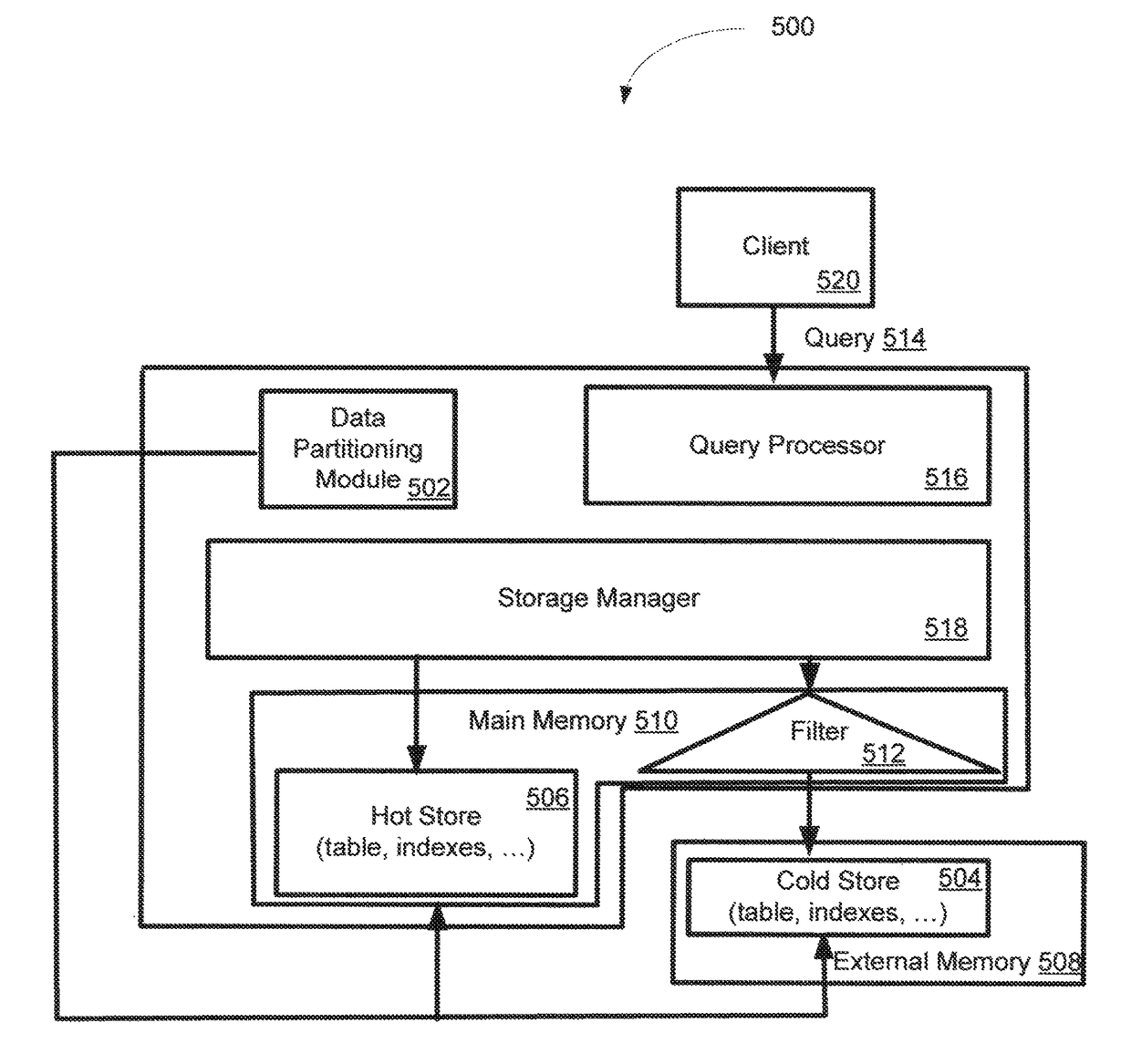Adaptive range filters for range and point queries
a range and point filter technology, applied in the field of adaptive range filter for range and point query, can solve the problems of not being adaptive, consuming more resources, and increasing the number of resources invested in hot data access, so as to reduce unnecessary access to the data store, the effect of avoiding unnecessary access to the data
- Summary
- Abstract
- Description
- Claims
- Application Information
AI Technical Summary
Benefits of technology
Problems solved by technology
Method used
Image
Examples
Embodiment Construction
[0021]In the following description of the adaptive range filtering technique, reference is made to the accompanying drawings, which form a part thereof, and which show by way of illustration examples by which the adaptive range filtering technique described herein may be practiced. It is to be understood that other embodiments may be utilized and structural changes may be made without departing from the scope of the claimed subject matter.
[0022]1.0 Adaptive Range Filtering Technique
[0023]The following sections provide background information, an overview of the adaptive range filtering technique, as well as exemplary processes and an exemplary architecture for practicing the technique. Details of various embodiments and implementations of the adaptive range filtering technique are also provided.
[0024]1.1 Background Information
[0025]Some background information on data partitioning and data filtering is provided below to assist in understanding the adaptive range filtering technique de...
PUM
 Login to View More
Login to View More Abstract
Description
Claims
Application Information
 Login to View More
Login to View More - R&D
- Intellectual Property
- Life Sciences
- Materials
- Tech Scout
- Unparalleled Data Quality
- Higher Quality Content
- 60% Fewer Hallucinations
Browse by: Latest US Patents, China's latest patents, Technical Efficacy Thesaurus, Application Domain, Technology Topic, Popular Technical Reports.
© 2025 PatSnap. All rights reserved.Legal|Privacy policy|Modern Slavery Act Transparency Statement|Sitemap|About US| Contact US: help@patsnap.com



